
There are certain times when I get overwhelmed and forget to carry out important tasks. That is when to-do apps come in handy for me.
In the past, I have come across many options, some of which I used regularly to keep things in check. But, I always keep an eye out for fresh ones that could help me manage my day-to-day tasks better.
One such option is Planify, which is an open-source to-do app for Linux. Join me as I explore this app while also trying to integrate my daily tasks into it.
Planify: What Makes It Great?
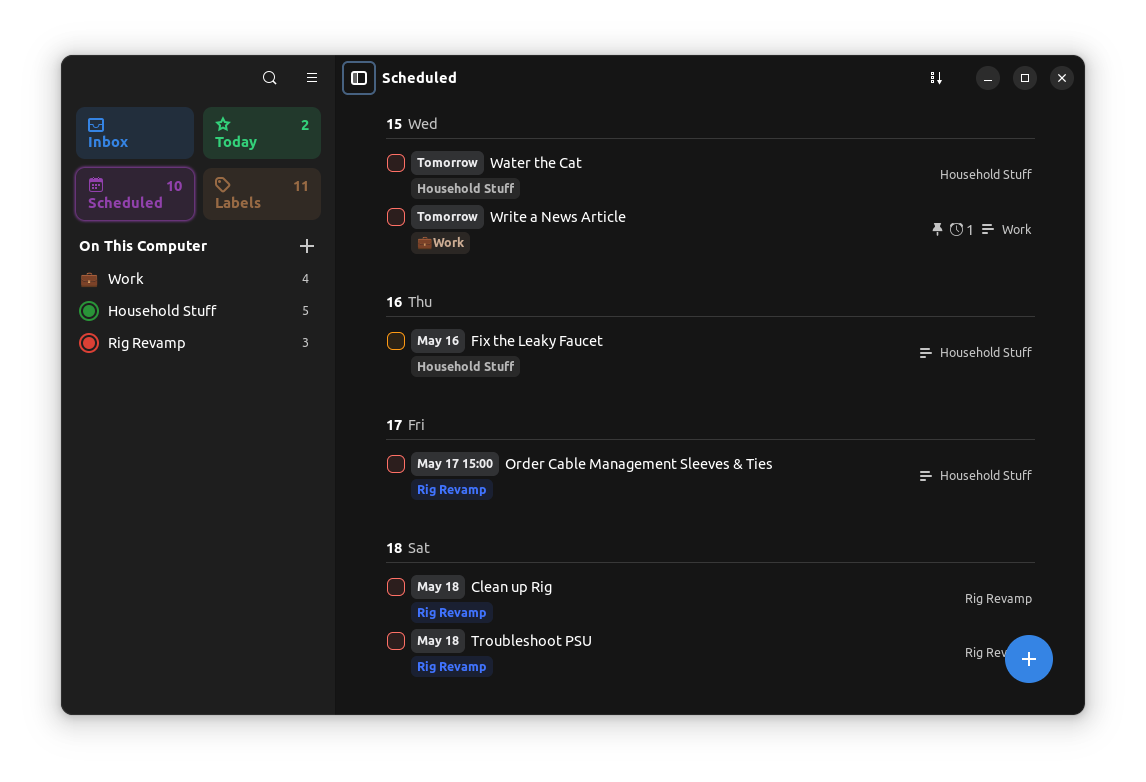
Being one of the best to-do list apps for Linux, Planify felt right at home when I first launched it. There was a familiar sidebar menu that housed the different categories of tasks, which were called projects in this case.
I created a few to handle my daily tasks; the project creation process was quite straightforward, with options to add emojis or color to them.
Task creation was also a breeze, with options like the ability to add a task description, labels, a priority flag, set a reminder, and even set them to reoccur at a set time.
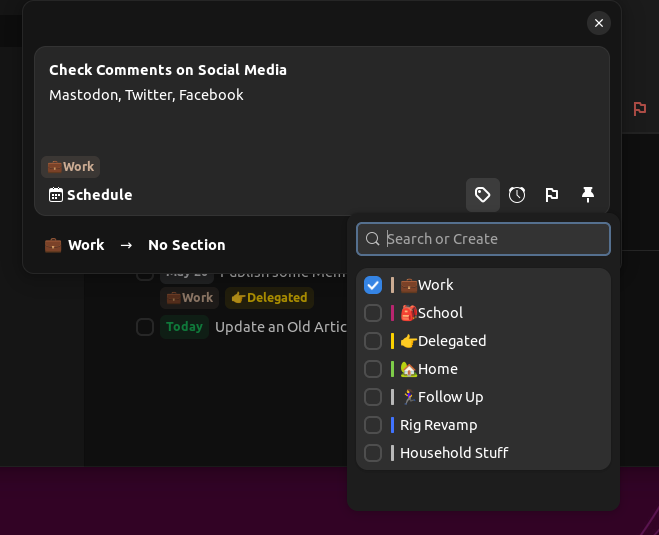
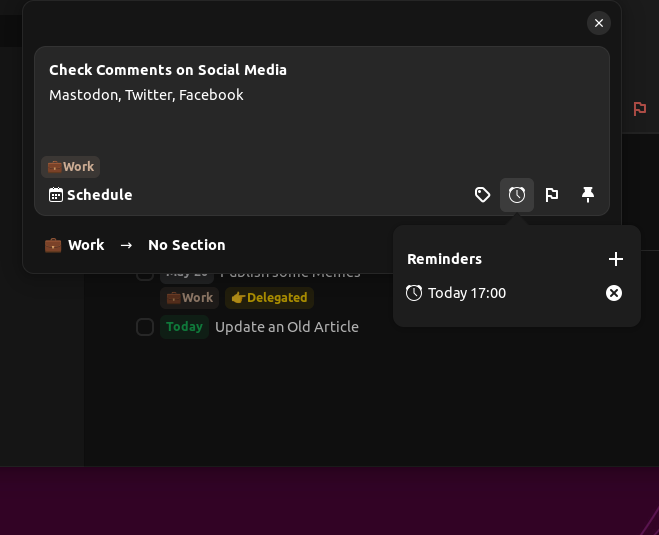
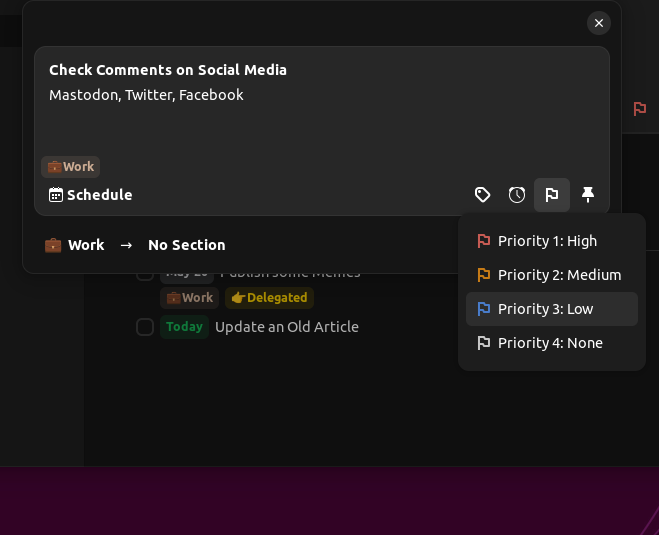
The various options that you can use during task creation.
Planify would also send notifications for tasks with a reminder; they generally popped up just a few seconds after the set time came up.
On my GNOME 42.9 system, the notifications only showed the name of the task, with the project name being displayed in the first line. I would have liked it if some task description lines had shown up with this.

I also liked the fact that I could add sections to a project. With that, I could neatly organize my high-priority tasks and my low-priority tasks into separate subsections.
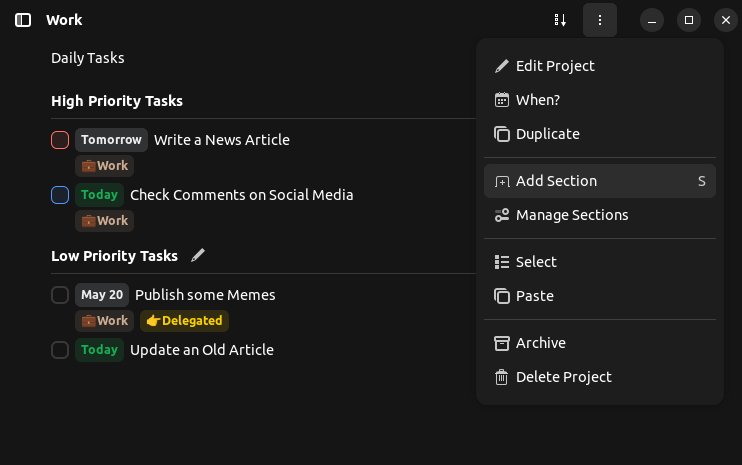
The preferences' menu allowed me to customize things like which page to open on app launch, enable startup on system boot, tweak universal task settings, and switch between dark/light modes.
Also, did I mention that Planify has support for syncing with Todoist? I didn't get the chance to test it out, as I don't use that tool, but it is a good one for people who rely on Todoist as part of their workflow.
There's also support for CalDAV for those looking to configure Planify with other services, or self-hosted instances.
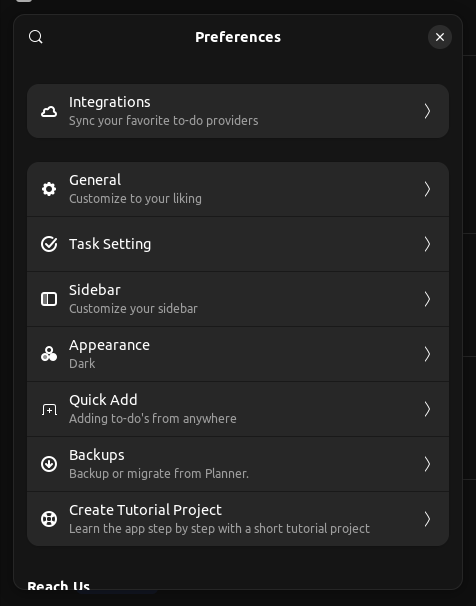
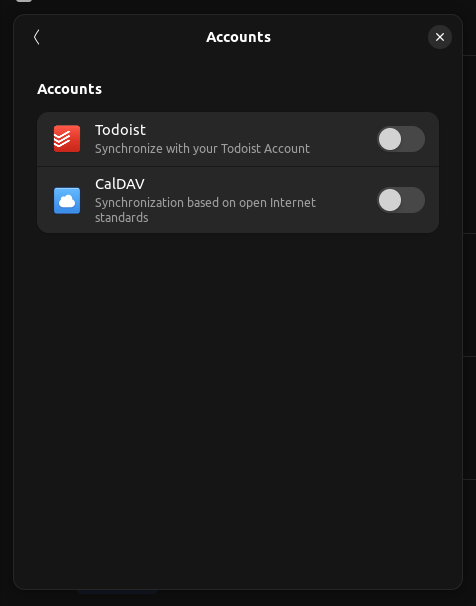
The preferences menu of Planify.
In the end, there's not much to dislike about Planify; my experience using it was superb, and it will most likely replace my existing to-do app, Errands.
Of course, that's just me. And, you might find some other app better for your workflow.
Just one thing that, I thought, was missing. A dedicated pomodoro timer that could have helped me stay focused on the task at hand, and I believe adding something like that would complete Planify.
If you found Planify interesting, then you could get it from the Flathub store or the Snap store. For the source code, you can visit its GitHub repo.
Suggested Read 📖
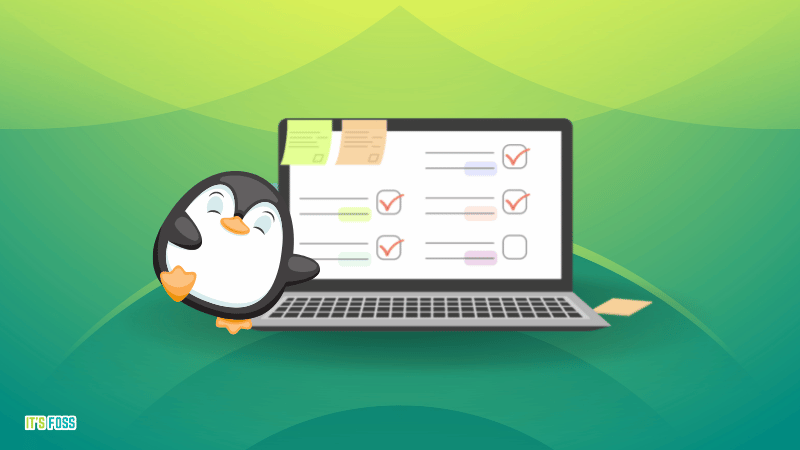
💬 What is your favorite to-do list app? Do you have any other FOSS app suggestions? Let me know!
- Even the biggest players in the Linux world don't care about desktop Linux users. We do.
- We don't put informational content behind paywall. Your support keeps it open for everyone. Think of it like 'pay it forward'.
- Don't like ads? With the Plus membership, you get an ad-free reading experience.
- When millions of AI-generated content is being published daily, you read and learn from real human Linux users.
- It costs just $2 a month, less than the cost of your favorite burger.
Become a Plus Member today and join over 300 people in supporting our work.











